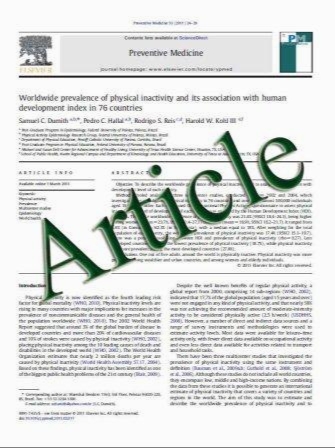From Other Journals Journal Review Editors: Ahmed Alomrani, Sanjiv Gandhi, Omar M. Khalid
- نوع فایل : کتاب
- زبان : انگلیسی
- مؤلف : Ahmed Alomrani • Sanjiv Gandhi • Omar M. KhalidNancy S. Ghanayem, George M. Hoffman, Kathleen A. Mussatto, Michele A. Frommelt, Joseph R. Cava, Mich
- چاپ و سال / کشور: 2011
Description
In this study, the authors hypothesized that early goaldirected monitoring with venous oximetry and near-infrared spectroscopy would offset the increased vulnerability and reduced survival of high-risk patients with univentricular heart disease following Norwood palliation. A prospective database of patients undergoing stage 1 palliation was used to assess differences in outcomes across risk groups in the setting of a comprehensive, goal-directed monitoring program. High-risk criteria included gestational age 35 weeks or less, birth weight less than 2.5 kg, and additional cardiac or extracardiac anomalies. Outcomes included survival to defined end points and measures of postoperative support. Over an 8 year span, 162 patients underwent stage 1 palliation: 28% (45/162) high-risk and 72% (117/162) standardrisk patients. Lesions other than hypoplastic left heart syndrome were more common among high-risk patients (38%, 17/45, vs. 15%, 18/117, P = 0.003). Operative survival was not statistically different (87%, 39/45, high risk vs. 95%, 111/117, standard risk, P = 0.1). High-risk patients were more likely to receive inpatient treatment until stage 2 palliation (24%, 11/45, vs. 10%, 12/117, P = 0.001) and had lower 1-year survival (78% vs. 93%, P = 0.01) and survival to date (71% vs. 92%, P = 0.001).
Pediatr Cardiol (2011) 32:121–123 DOI 10.1007/s00246-010-9852-0 Published online: 14 December 2010


